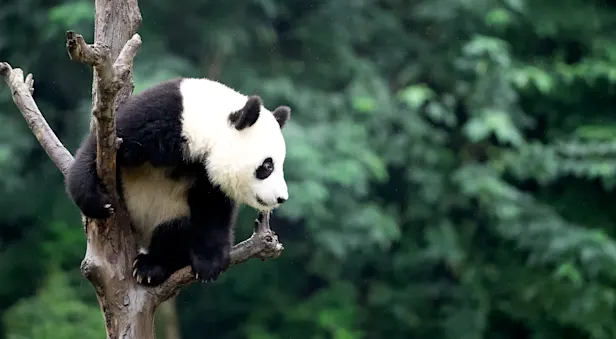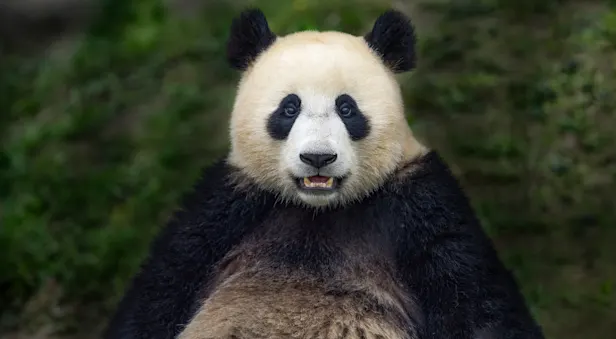Tibetan Macaque Facts | China Wildlife Guide
The Tibetan macaque (Macaca thibetana) inhabits the mountainous subtropical forests of eastern Tibet and east-central China. It is the largest macaque species.
Physical Description
In Asia, only large gray langurs and proboscis monkeys come close to matching the size of the Tibetan macaque. Males commonly attain a weight of 29 to 43 pounds and length of 24 to 28 inches long.Females, in contrast, weigh an average of 20 to 29 pounds and measure 19 to 25 inches long. The stump-like tail adds only 1.6 to 5.5 inches, and females possess much shorter tails than males. A thick coat of fur, ranging from sand-colored to dark brown, keeps the Tibetan macaque warm in the cold regions they inhabit. Their undersides are buff or pale gray, and they have a hairless pink face (redder in females) with a bushy beard and whiskers. Infants have silver and black coats which turn brown after 2 years of age.
Behavior
Tibetan macaques form mixed-sex groups. A female will stay with her natal group for life, while adolescent males will join other troops at about 8 years of age. Tibetan macaques have an intricate, hierarchical social system, with dominant males getting better food and breeding rights. Higher-ranking males are usually larger, stronger, and newly mature. As they grow older and weaker, males get challenged by other males and often lose their dominance: the resulting violence may end in death. Studies conducted at Mount Emei and in the Huangshan Mountains of China have found that a male’s reign over a troop usually lasts only one year. When troops grow too large, about 40 or 50 members, competition for limited resources increases. Typically, low-ranking adults and juveniles will leave the troop and form their own smaller group. This event is called “fissioning,” and members of this new troop depart to find a different home range.
Females begin to mate at five years old. Gestation lasts six months before the mother gives birth to a single infant, typically in January or February. The newborn will nurse for one year and may suckle longer if the mother is not pregnant the next year.
Tibetan macaques spend the daylight hours foraging on the ground for fruit, leaves, grasses and tender shoots of bamboo. They also feed, to a lesser extent, on insects, roots, seeds and flowers.
Conservation
The Tibetan macaque is classified as Near Threatened by the IUCN and is listed in Appendix II of the Convention on International Trade in Endangered Species. This status is due to the destruction of the monkeys’ habitat over the last 30 years. Recently, however, there have been successful initiatives to halt deforestation. Some threats to the species have diminished,
however
Tibetan macaques are still poached for their fur and meat and are sometimes accidentally poisoned by pesticides.
Header Credit: Brad Josephs
See Tibetan Macaques on These China Adventures

The Wild Side of China: A Nature Odyssey
Discover a side of China most travelers never see on our unique itinerary revealing wild panda habitat, rare wildlife and Chinese nature at its most entrancing—including close-up panda encounters.

























